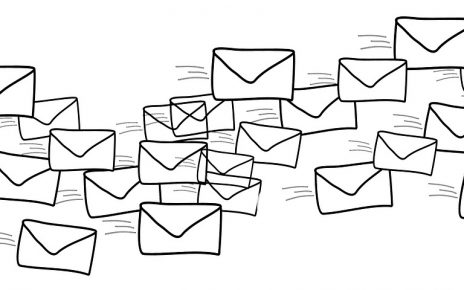Every year, lots of organizations enter for best workplace awards and recognitions. While some make the cut, the rest fall short in many ways. Often, the blame is placed on the timing, how staff responded to surveys or the state of the culture within. What they don’t realize is that communication does play a significant role in influencing the outcomes.
In this post I wanted to share perspectives on what makes communication tick for best workplace entry submissions.
To begin, it is important to understand that there are different stages for the best workplace submissions. At the first stage, usually, there is an assessment within organizations to gauge readiness. At this stage, the best workplace vendor may not be engaged, Internally, leaders and HR advisors will review their state of being and decide if it makes sense to even entry. The communications team must ideally be involved at this stage. Not many organizations take this critical decision and regret at leisure! Often, the pros of entering outweigh the cons – from the feedback received, organizations can sense how staff feel and think, Likewise, getting into the ranking means a boost to branding and reputation building.
At the next stage, the organization engages the vendor and does the formal entry which includes the audit and assessment and survey, which can be anonymous and long drawn process. This is where the communication team plays a large role in designing and communicating messages about the submission and for staff to take the survey. There is often a threshold of participation numbers in the survey for the responses to be valid. Lots of communications doesn’t mean more responses! The communications plan must include other ways of influencing colleagues to take the survey – for example, having managers discuss in team meetings, build pride about the work done so far and why their participation matters. The culture audit in some entries also requires heavy lifting by the communications team because preparing a cohesive submission means streamlining the parts of employee experience into a comprehensive story. With lots of organizations entering, standing out from the crowd is crucial. Some creative ideas include staff testimonials, interactive dashboards and company videos.
Thereafter, while the organization awaits the results, it doesn’t mean communication must stop or staff will wonder if the entire exercise was a sham to enter for the ranking. It is the responsibility of leaders and the HR team to keep the momentum going with periodic messages about the employee value proposition, sharing why the culture and values unite the organization and how they continue to stay ahead of the game. Likewise, the communication team can involve staff on storytelling experiences, the workplace, policies and benefits.
Once the results are out, communication picks up steam again with a focus on building pride about the achievement – from social media banners to personalized frames, from rebranding templates internally to creating awareness among stakeholders outside the business. The hiring team needs to be empowered with material to talk about the certification and how it makes the organization a more respectable and valuable place to work.
In essence, there are three levels at which the communications team plays a role:
- Elevate: raising awareness of the organization’s practices and helping to connect people to the purpose
- Energize: leveraging resources and tapping communication channels to make the messages clear, consistent and concise
- Empower: creating a space for staff to be the advocates of the brand internally and externally
The role of the communications team in such initiatives doesn’t end here – continually scanning the environment, gathering feedback, using analytics, measuring outcomes and enhancing communication experiences helps to raise the brand’s profile as a best employer.



